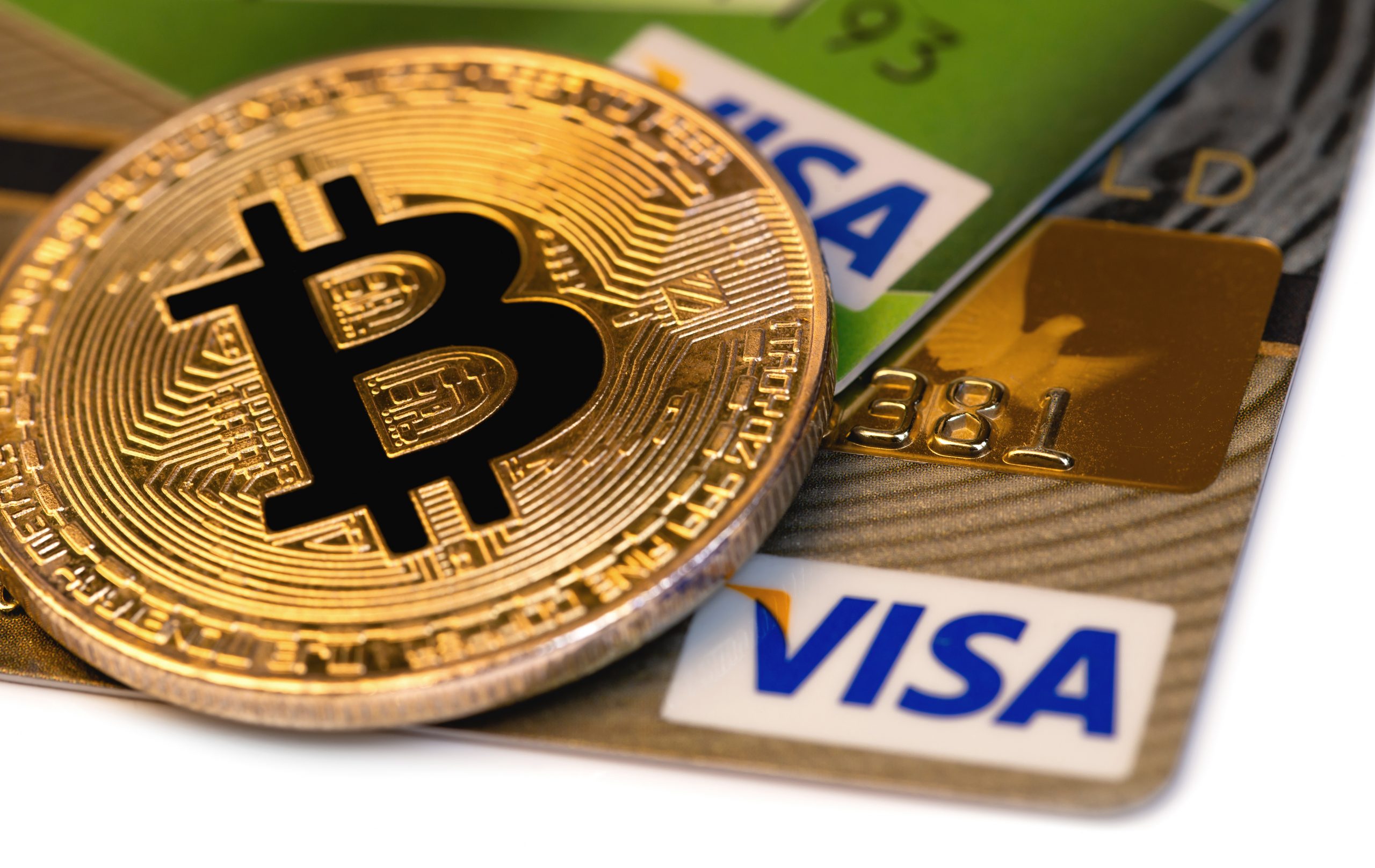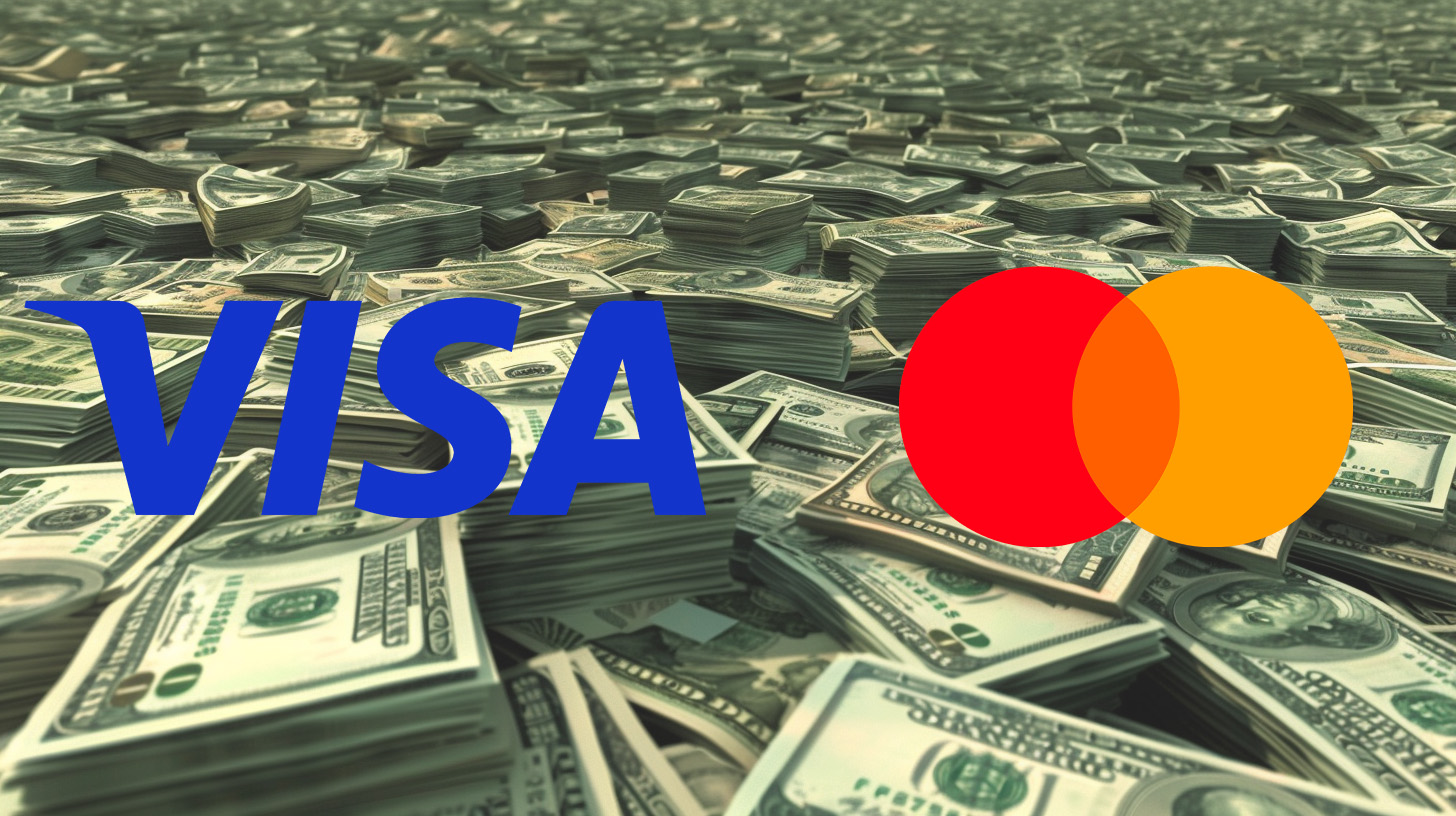
What Does Visa’s NFT Purchase Mean for Crypto? A Momentous Move for the Payment Industry
Aug 24, 2021 3 minute Read
The world’s most popular credit card network just bought an NFT for $150,000 for the first time. The price isn’t surprising (it’s not even among the most expensive NFTs). What is surprising is
Visa’s head of crypto, Cuy Sheffield, stated in a blog post the purchase is to understand the growing NFT market, the mechanics behind making a purchase, storing the asset, and selling one. That’s telling in and of itself. Visa is clearly interested in crypto and how they can leverage it further on their card network. It also sheds some light onto the future of digital currency and assets in the way of transfers and sales.
Does this signify leniency for online retailers, CNP transactions, and fewer limits on methods of payment?
The Basics of NFTs and CryptoPunks
Let’s quickly sum up what NFTs are so we can dive into why Visa purchasing one is important.
What is an NFT?
NFT stands for non-fungible token. They are one-of-a-kind tokens that allow someone to truly own something digital. Right now, it’s mostly used for art, collectibles, and games. But it could easily be used for any digital good.
The digital ecosystem has been subject to piracy, copying, pasting, and duplicating since the internet’s birth. There hasn’t been a way to own something outright in a digital sense the way you can own an original painting in the real world. There will always be copies of that painting, but they don’t carry the same value as the original.
NFTs fix this inherent problem of the internet, and Visa is making their first move towards accepting digital commerce as the future. They are similar to pieces of art you’d find at Christie’s or other auction houses. There are several NFT marketplaces online to search, buy, and sell trending NFT projects.
Visa has released an NFT whitepaper full of information on cryptocurrencies, NFTs, and how both can better your small business. These digital assets can help more than just sales, they can also improve customer interactions and brand ambassadorships.
Why did Visa buy a CryptoPunk NFT?
Sheffield stated the purchase was meant to be a hands-on approach to learning about NFTs, buying them, storing them, and owning them. It’s new territory for the credit card network, so it makes sense they want to test the waters before diving further into the world of crypto.
He states, “Enabling buyers and sellers is what we do — whether its helping small and micro business owners get online, or making it easier for companies to pay their partners across borders. We’re excited to work with this growing community to make NFTs useable and accessible in a variety of contexts.”
But why CryptoPunks? There are thousands if not millions of NFTs available for purchase, so why this specific one? The company claims this NFT “symbolizes the excitement and opportunity of this particular cultural moment”.
CryptoPunks were created by Larva Labs and are algorithmically generated and there are just 10,000 with no plans to create more. They’re also the first series of NFTs to generate success in the crypto world, pioneering the entire concept of NFTs. Essentially, owning one now is a symbol of status. Visa now owns one (specifically, CryptoPunk 7610: a pixel art image of a female avatar with a mohawk and green eye makeup), which they can now use to leverage their future NFT and crypto tactics.
Why do NFTs use the Ethereum blockchain?
Bitcoin and Ethereum as a digital currency are just like regular currency: there aren’t many attributes that differentiate one token from the next. NFTs use ERC-721 tokens, which fall under the Ethereum category. These unique tokens are non-fungible, meaning each can differ in value. If you have 18 ERC-721 tokens, there’s the possibility of having 18 different values whereas if you have 18 Bitcoin tokens, then you have 18 of the exact same value.
Visa’s Plans for NFT and Crypto
Visa has been on a roll lately regarding its crypto efforts. Buying an NFT for $150,000 is neither the beginning nor the half of it.
What is Visa’s plan for crypto?
Recently, the network has upped their partnerships with crypto companies to 50, which includes FTX and Coinbase—two of the largest crypto exchanges. With these partnerships in hand, merchants using the Visa card network can accept cryptocurrency as a form of payment without restructuring or implementing new gateways.
In keeping up with the competition, Mastercard is launching a card with the Gemini exchange that will even allow users to earn crypto as a reward (similar to earning airline miles or cashback). There’s no word on whether Visa will also allow earning crypto as a reward.
Visa clearly sees the growing value in digital currency and wants in on the action before they fall too far behind. They’re handling this with a great focus on merchants, though, which is a refreshing perspective. Many merchants don’t understand crypto and don’t want to. And that’s understandable. There are so many coins on the marketplace and each fall under a larger token (usually Bitcoin and Ethereum). It’s not as simple as physical currency. And then the large amount of joke coins make it even more confusing—who really thought Dogecoin was going to make it big?
Visa’s eliminating the research and knowledge requirements about digital currency, crypto wallets, NFTs, and public blockchain for merchants. Their goal is to update their own network in a way that allows current POS terminals and gateways to accept cryptocurrency if the merchant wishes.
Visa enables USD Coin on its network.
More that $1 billion has been spent with cryptocurrency through Visa cards in just the first half of 2021. $1 billion sounds like a lot already but consider this is only for crypto payments over a 6-month period. There’s room for growth and Visa is taking action now.
Back in March, Visa was already making major plans for allowing crypto to settle payments with USD Coin (USDC) using Crypto.com and the digital asset bank, Anchorage. Anchorage, by the way, also facilitated the CryptoPunk purchase. USD Coin is a US dollar-backed stablecoin, which means it can be kept without the need for a bank account and linked with a stable asset. In this case, USD Coin is linked to the stable US dollar.
Why is Visa enabling USD Coin important? Because it takes out the middleman activity when making purchases with crypto. Usually, the digital currency would have to be converted to traditional currency, and that process carries a high level of risk. We know Visa wants to avoid risk as much as possible, so they’ve eliminated that step entirely.
How Visa’s NFT Purchase Affects Online Businesses
The payment industry isn’t going completely digital (at least not any time soon). Digital currencies can be extremely volatile, spiking in value one day and dropping the next. Remember the GameStop fiasco? But Visa’s moves are a great indication of where the industry is headed.
There’s nothing to worry about.
Visa is currently only accepting USD Coin. Their purchase of an NFT leads one to believe the network might soon start accepting BTC and ETH. There’s no telling when this will happen, though, and it doesn’t mean merchants need to take action. Right now, we’re all playing the waiting game. It will take time for the card company to update their infrastructure for crypto.
The good news is e-commerce businesses can look forward to accepting digital payments in more currencies without adjusting contracts. Crypto is a mostly popular among younger generations, and even then it’s fragmented. Not everyone understands it but the interest is there.
For many merchants, that fragmentation comes as a blessing. You don’t have to support the currency if you don’t want to, especially if it doesn’t match the needs or interest of your customer base. And for the ones that do have the right customers, then accepting crypto will surely boost sales.
We’re headed toward a blockchain future.
Blockchain is a digital ledger technology (DLT) that’s been already for quite some time but only recently gaining serious traction. It’s what powers the trading and security behind BTC and ETH.
Banks and financial institutions already have tech stacks in place and many are wary of implementing DLT. But the success of NFTs are allowing for wider acceptance of blockchain tech for banking institutions, which would make transactions and data more secure as well as lowering operational costs.
This tech could, in theory, lower the risk associated with many industries because incidences of fraud would decrease. For the payment industry, blockchain can potentially allow instant payment processing.
What does this mean for businesses? A better customer experience. Zero processing time and a seamless checkout experience equals happier customers and (hopefully) more sales. Visa buying an NFT validates the digital industry, paving the way for a more secure financial future.




